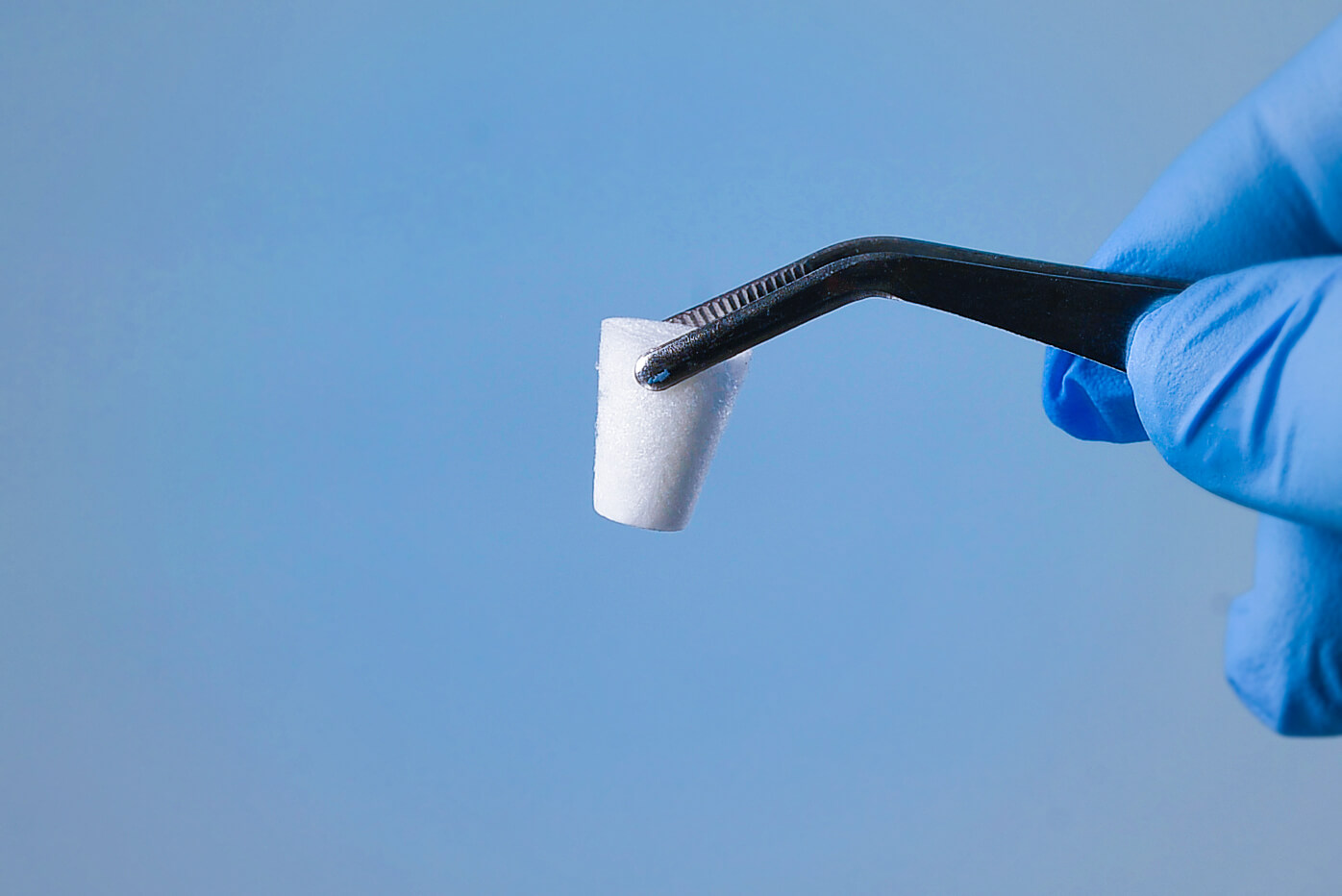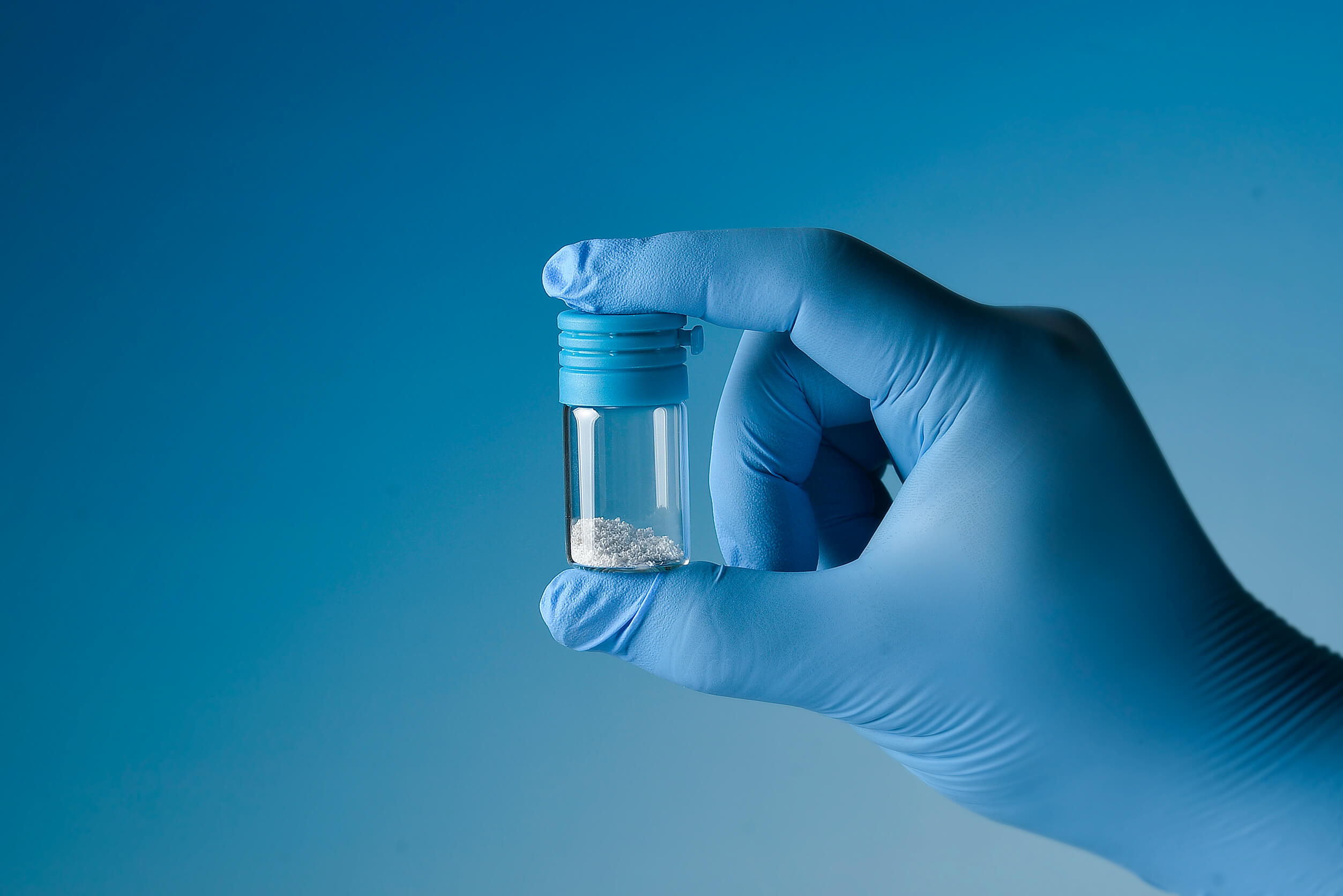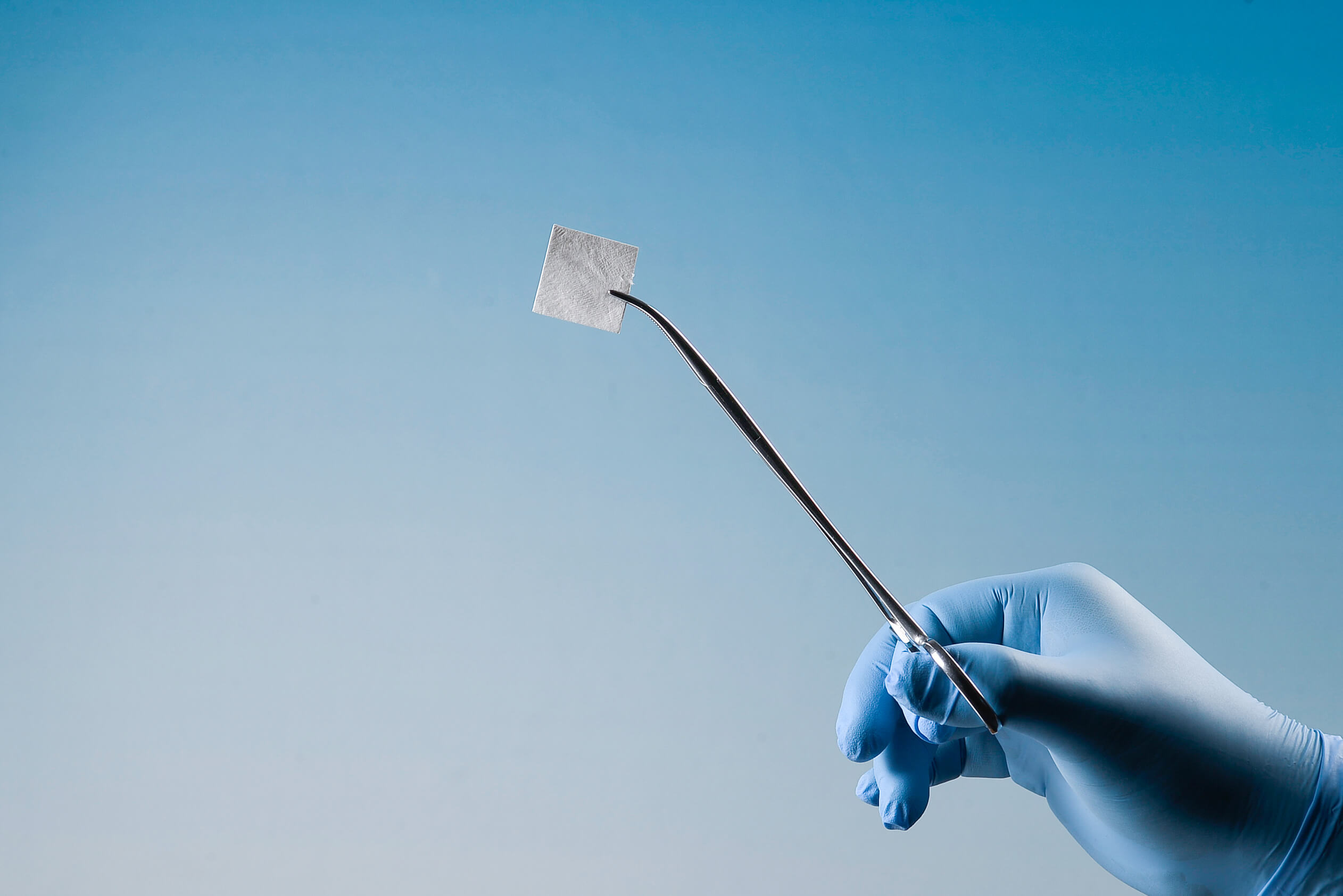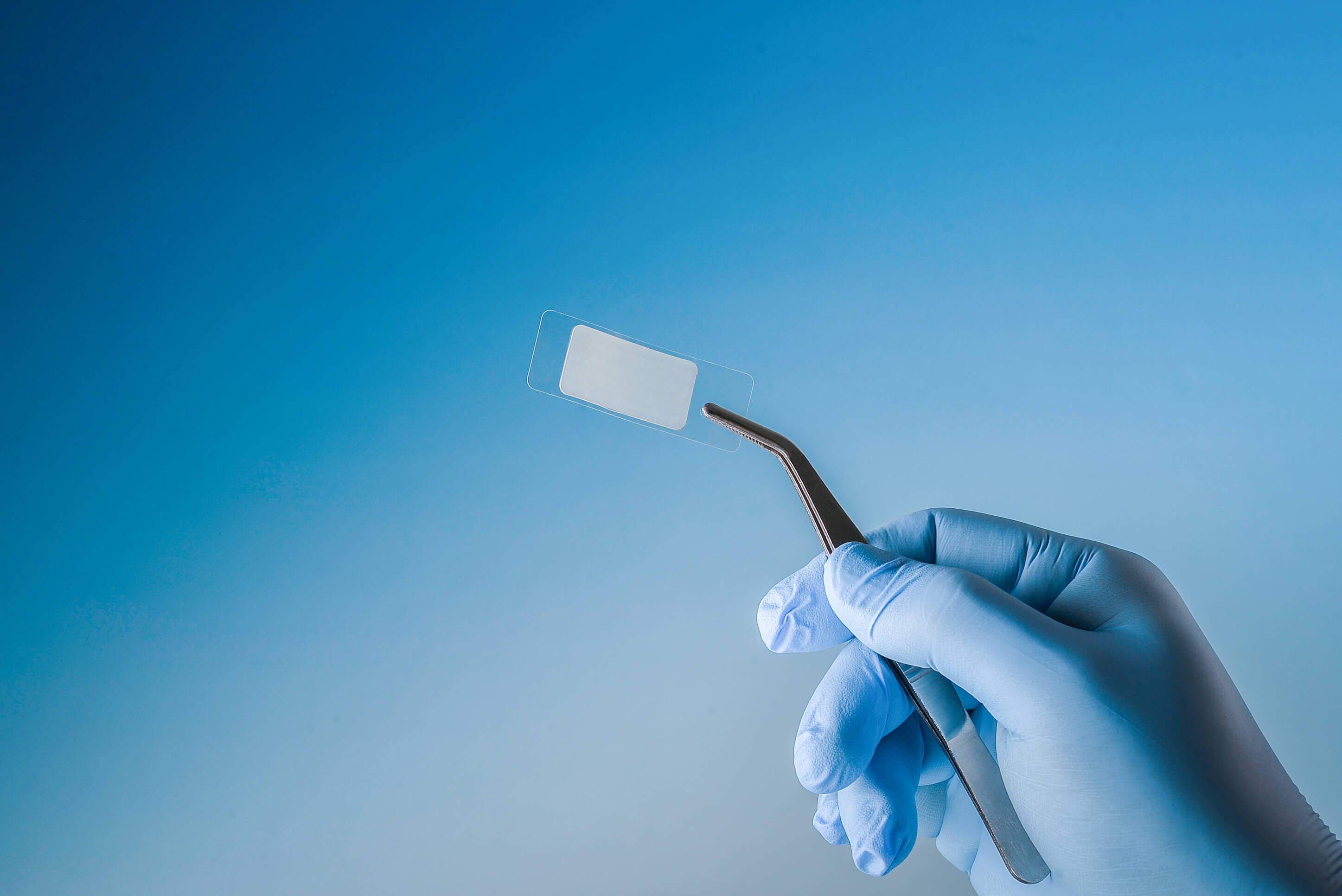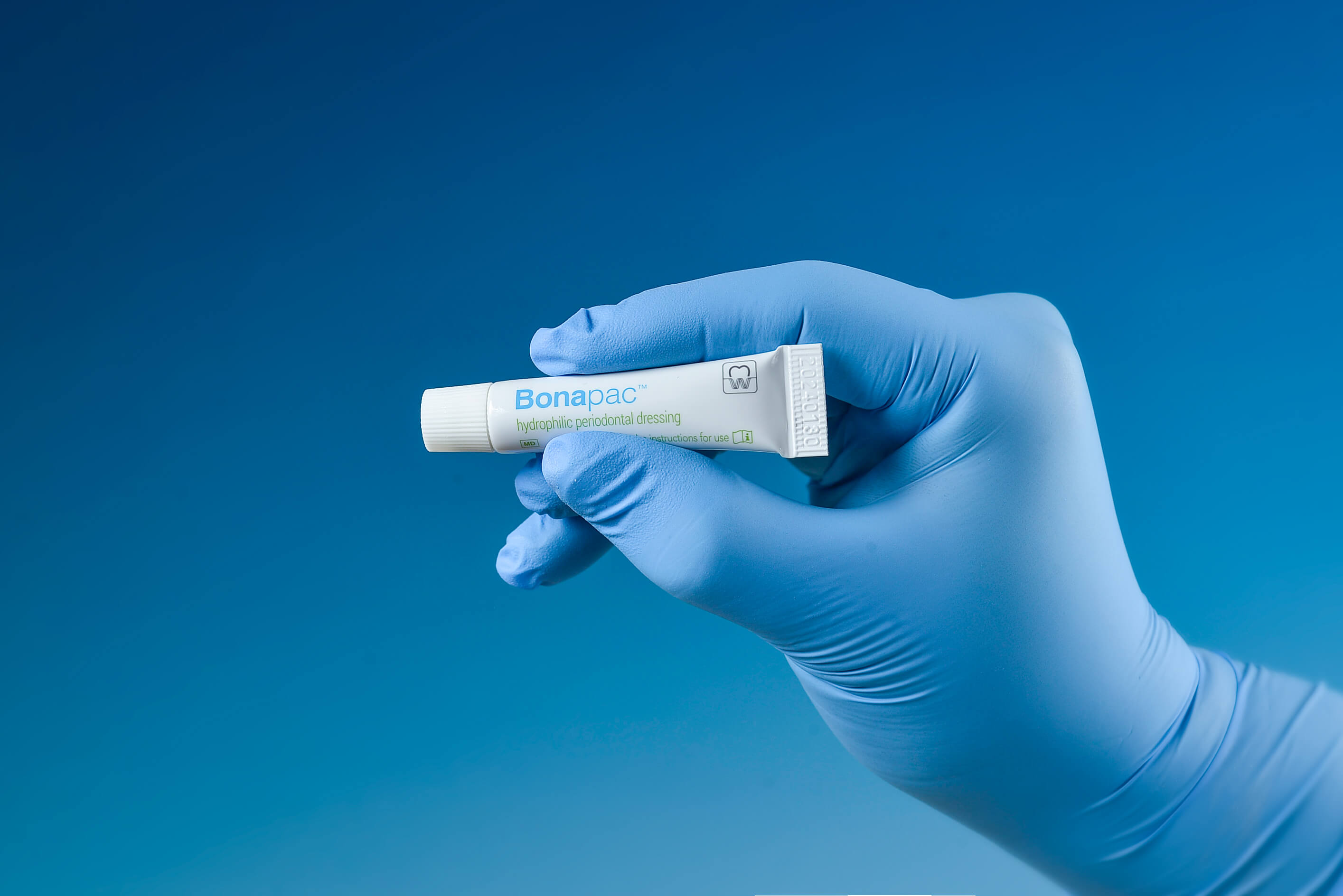Got questions?
Collagen wound dressings are made up of collagen obtained from various sources such as bovine, porcine, marine, equine and where bovine and porcine are among the most common. There is a high demand for bovine based collagen wound dressing instead of using porcine due to certain religious beliefs. Bovine collagen displays low immunogenicity and positive characteristics with limited immune response.
The collagen derived from animal tissue is biocompatible and safe in clinical use after removing the telopeptide which is a potential risk for immune response. However, it is still not recommended to use collagen wound dressing made of animal sources in the patient with severe allergy history or hypersensitive to animal derived products, such as bovine or porcine.
The collagen based biomedical products are in the form of scaffolds, hemostats, skin grafts and wound dressings. Biocompatibility, low risk of infection and low immunogenicity strongly supported the usage of collagen wound dressing in the wound management.
Wound healing can be united into a sequence of four time-dependent phases, including:
1. Coagulation and hemostasis, immediately after injury;
2. Inflammation, begins shortly thereafter;
3. Proliferation, starts within days of the injury;
4. Wound Remodeling, in which scar tissue formation takes place, and which may last up to a year or more.
There are many clinical trials being used to verify the efficacy of collagen wound dressings, it plays a remarkable role in treatment of wounds such as first-, second- and third-degree burns, diabetic foot ulcers, bed sores, surgical wounds, etc. ref 2 In a comparative study between the treatment of collagen sheet and heparin dressing against second-degree burns, it was concluded that the group treated with collagen showed better results than the group treated with heparin in terms of toleration towards the dressing and overall cost-benefit. One more comparative study between collagen dressing and paraffin gauze on 20 adult patients that require 40 cm2 of the skin by Sreekumar et al., revealed that the group treated with collagen dressing had less pain and high collagen epithelialization was observed at day 10 compared to paraffin gauze.
Ref. 2: Bovine Based Collagen Dressings in Wound Care Management. Journal of Pharmaceutical Research International 2020;32(33):48-63.
